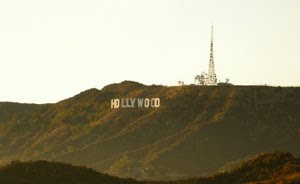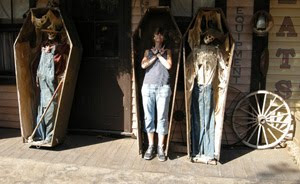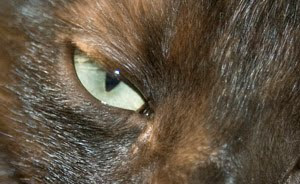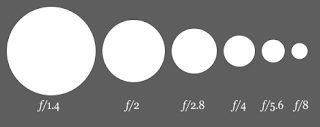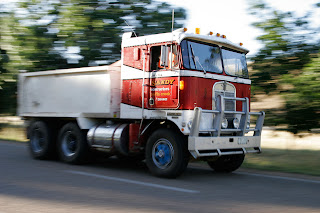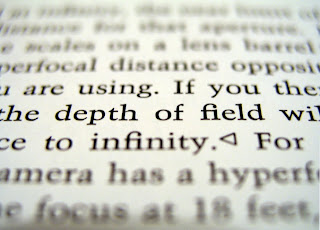Historic systems
GOST (Russian: ГОСТ) is an arithmetic scale which was used in the former Soviet Union before 1997. It is almost identical to the ASA standard, having been based on a speed point at a density 0.2 above base plus fog, as opposed to the ASA's 0.1. After 1987, the GOST scale was aligned to the ISO scale. GOST markings are only found on pre-1987 photographic equipment (film, cameras, lightmeters, etc.) of Soviet Union manufacture.
Current ISO system
The current International Standard for measuring the speed of color negative film is called ISO 5800:1987 from the International Organization for Standardization (ISO). Related standards ISO 6:1993 and ISO 2240:2003 define scales for speeds of black-and-white negative film and color reversal film. This system defines both an arithmetic and a logarithmic scale, combining the previously separate ASA and DIN systems.
In the ISO arithmetic scale, corresponding to the ASA system, a doubling of the sensitivity of a film requires a doubling of the numerical film speed value. In the ISO logarithmic scale, which corresponds to the DIN scale, adding 3° to the numerical value that designates the film speed constitutes a doubling of that value. For example, a film rated ISO 200/24° is twice as sensitive as a film rated ISO 100/21°.
Commonly, the logarithmic speed is omitted, and only the arithmetic speed is given; for example, “ISO 100”.
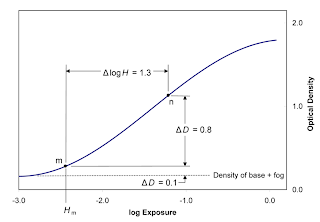
ISO 6:1993 method of determining speed for black-and-white film.
Applying film speed
Film speed is used in the exposure equations to find the appropriate exposure parameters. Four variables are available to the photographer to obtain the desired effect: lighting, film speed, f-number (aperture size), and shutter speed (exposure time). The equation may be expressed as ratios, or, by taking the logarithm (base 2) of both sides, by addition, using the APEX system, in which every increment of 1 is a doubling of exposure; this increment is commonly known as a "stop". The effective f-number is proportional to the ratio between the lens focal length and aperture diameter, the diameter itself being proportional to the square root of the aperture area. Thus, a lens set to f/1.4 allows twice as much light to strike the focal plane as a lens set to f/2. Therefore, each f-number factor of the square root of two (approximately 1.4) is also a stop, so lenses are typically marked in that progression: f/1.4, 2, 2.8, 4, 5.6, 8, 11, 16, 22, 32, etc.
Commonly stated values for exposure parameters are rounded to convenient values that are easy to remember; however, the actual values to be used in exposure calculations are in exact power-of-2 progressions.
Source : http://en.wikipedia.org/wiki/ISO_speed




